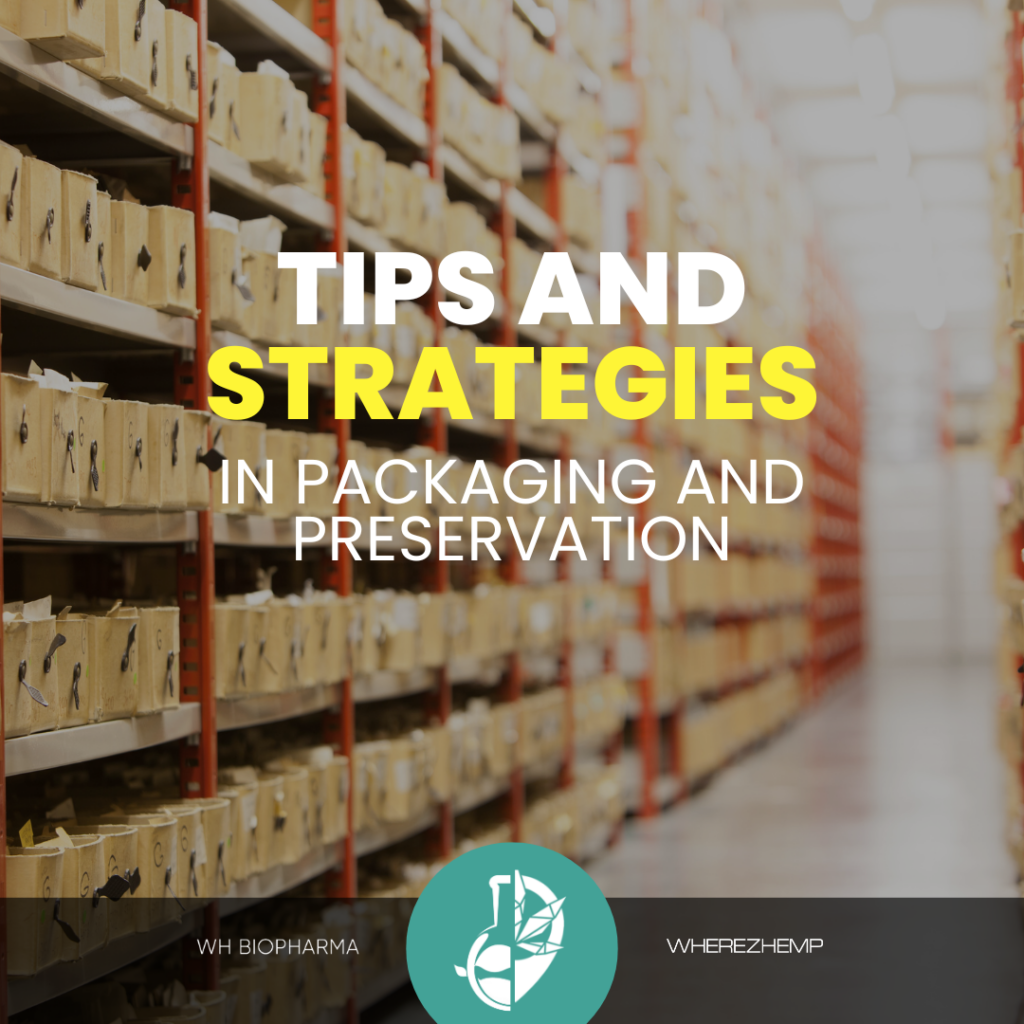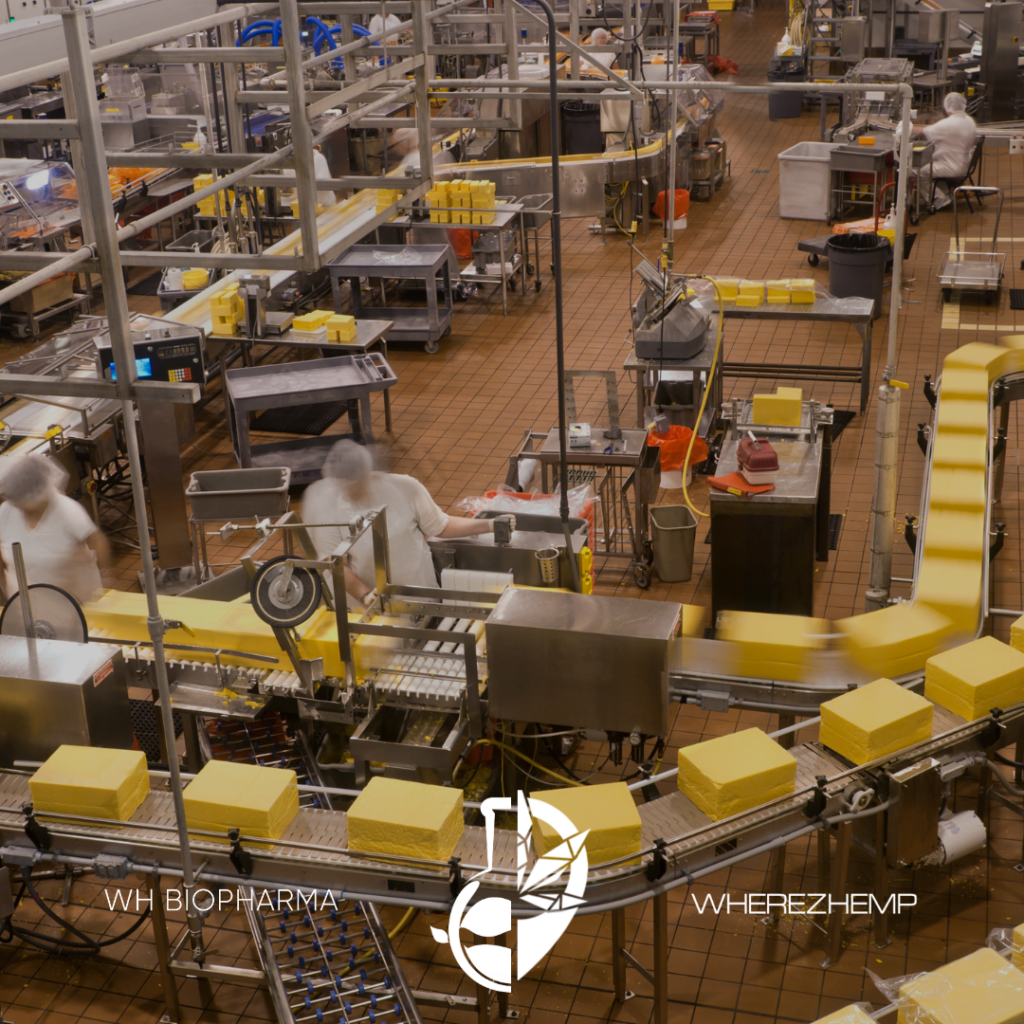Packaging and preservation are crucial aspects of food manufacturing that play a significant role in ensuring the quality, safety, and longevity of food products. Packaging serves as the final touch to protect the product from external factors, such as contamination, physical damage, and moisture, while preservation techniques are employed to extend the shelf life of the food.
The packaging materials used in food manufacturing must be carefully selected to suit the specific requirements of the product. They should provide a protective barrier against oxygen, moisture, light, and microbial contamination. Common packaging materials include plastics, glass, metal cans, and cartons. Packaging also includes labeling, which provides essential information to consumers, such as nutritional facts, ingredient lists, allergen warnings, and storage instructions.
Preservation methods are employed to maintain the quality, freshness, and safety of the food product for an extended period. These methods can include various techniques such as refrigeration, freezing, canning, vacuum packaging, dehydration, and modified atmosphere packaging (MAP). Each preservation method is chosen based on the specific product characteristics and desired shelf life. The goal is to inhibit the growth of microorganisms, slow down enzymatic reactions, and prevent oxidation, which can lead to spoilage and deterioration.
Effective packaging and preservation go hand in hand to ensure the overall quality of food products. Proper packaging helps create a physical barrier that prevents contamination from external sources and protects against physical damage. It also aids in maintaining the product’s sensory attributes, such as taste, texture, color, and aroma. Preservation techniques, on the other hand, help to control microbial growth, enzyme activity, and oxidation, which can lead to quality deterioration and foodborne illnesses.
In summary, packaging and preservation are essential final steps in food manufacturing. They contribute to maintaining the quality, safety, and shelf life of food products. Proper packaging materials, combined with suitable preservation techniques, help protect against contamination, physical damage, and deterioration, ensuring that consumers receive safe and high-quality food products that meet their expectations.
Tips and Strategies in Packaging and Preservation
When it comes to packaging and preservation in food manufacturing, there are several tips and strategies that can help ensure the quality, safety, and longevity of food products. Here are some key considerations:

Select appropriate packaging materials
Choose packaging materials that are suitable for the specific food product. Consider factors such as barrier properties, compatibility with the food, environmental impact, and consumer convenience. Conduct thorough research and testing to determine the most effective packaging material for preserving the product’s quality.
Optimize packaging design
Design packaging that not only protects the food but also enhances its shelf appeal. Consider aspects such as portion control, ease of opening and resealing, and visual attractiveness. A well-designed package can contribute to consumer satisfaction and differentiate the product in the market.
Implement effective sealing methods
Proper sealing is crucial for preventing oxygen, moisture, and microbial contamination. Employ appropriate sealing techniques, such as heat sealing or vacuum sealing, to ensure a secure and airtight seal. Regularly check and maintain equipment to ensure consistent and reliable seals.
Utilize modified atmosphere packaging (MAP)
MAP involves modifying the gas composition within the package to extend the shelf life of the food product. It helps inhibit microbial growth, slow down enzymatic reactions, and preserve product freshness. Work with experts to determine the optimal gas mixture and packaging conditions for your specific product.
Incorporate intelligent packaging
Explore the use of intelligent or active packaging technologies. These include indicators or sensors that monitor factors such as temperature, freshness, or tampering. Such packaging can provide real-time information on product quality and safety, enhancing consumer trust and confidence.
Implement proper labeling
Ensure accurate and informative labeling that complies with regulatory requirements. Clearly indicate important information such as ingredients, nutritional content, allergen warnings, and storage instructions. Clear and easily readable labels help consumers make informed choices and safely handle the product.

Optimize storage and distribution conditions
Establish proper storage and distribution protocols to maintain the integrity of the packaged food. Consider factors such as temperature control, handling procedures, and storage duration. Regularly monitor storage conditions and implement a robust inventory management system to minimize the risk of spoilage or expired products.
Conduct shelf-life testing
Perform rigorous shelf-life testing to determine the product’s stability and quality over time. This involves storing packaged products under controlled conditions and regularly assessing sensory attributes, microbial growth, and nutritional content. The data obtained from shelf-life testing can inform packaging and preservation strategies.
Train employees on proper handling
Provide training to employees involved in packaging and preservation processes. Educate them on hygiene practices, proper handling procedures, and equipment maintenance. Well-trained employees contribute to consistent product quality and adherence to safety standards.
Continuously monitor and improve
Regularly evaluate packaging and preservation strategies and incorporate feedback from consumers, quality control measures, and market trends. Stay updated on emerging technologies and advancements in packaging materials to continuously improve product quality and safety.
By implementing these tips and strategies, food manufacturers can enhance packaging and preservation practices, leading to improved product quality, safety, and customer satisfaction.





